
The deal brings two huge plastics reclaimers under the same corporate structure. | kaninw/Shutterstock
The parent company of Green Line Polymers acquired the parent company of Champion Polymer Recycling in a purchase valued at over $1 billion.

The deal brings two huge plastics reclaimers under the same corporate structure. | kaninw/Shutterstock
The parent company of Green Line Polymers acquired the parent company of Champion Polymer Recycling in a purchase valued at over $1 billion.
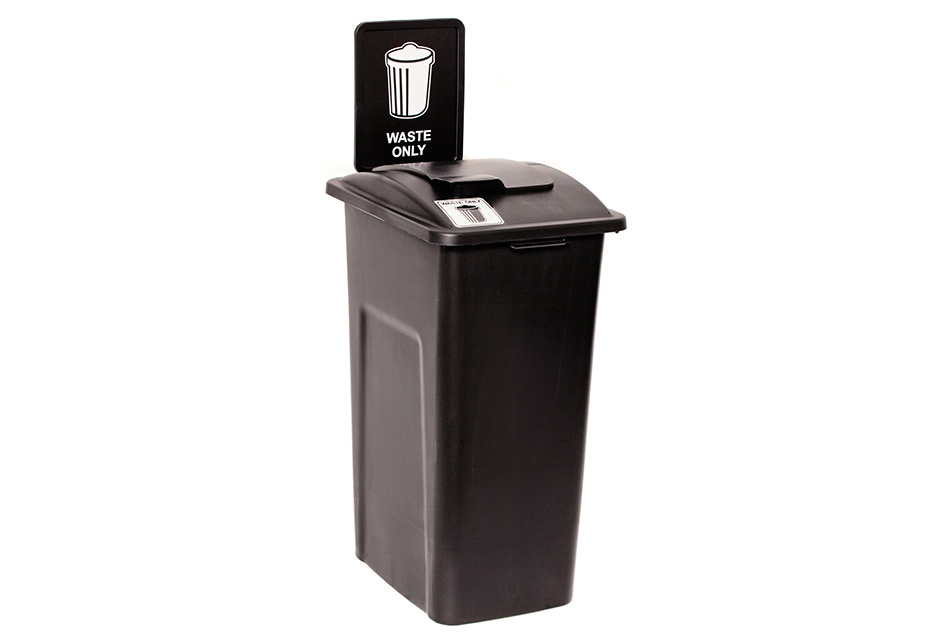
For injection molding, Busch Systems is now taking in at least 44,000 pounds of post-consumer plastic a month. | Courtesy of Busch Systems
Garbage and recycling container maker Busch Systems recently announced it has developed additional products made from 100% recycled plastic. An executive explained how the Canadian company continues to boost recycled content.
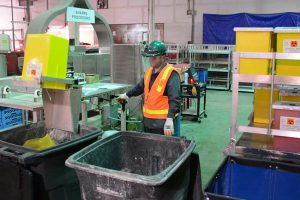 Biopharmaceutical production scrap consists of different polymers, multi-layer films and some hazardous materials. A recycling program is demonstrating that this tough-to-tackle stream doesn’t have to be destined for disposal.
Biopharmaceutical production scrap consists of different polymers, multi-layer films and some hazardous materials. A recycling program is demonstrating that this tough-to-tackle stream doesn’t have to be destined for disposal.
In coming years, recycled PET and polyolefins will likely have to continue competing with cheap virgin plastics. But scrap markets will also be impacted by uncertain government policies and brand owner decisions.
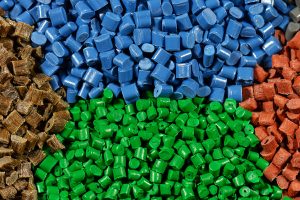 Multinational oil and gas company MOL Group will acquire a German recycled plastics compounder.
Multinational oil and gas company MOL Group will acquire a German recycled plastics compounder.
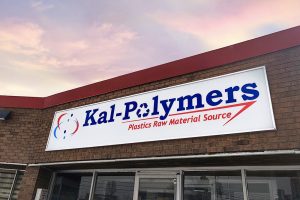
Eyeing material from manufacturers in the Southeastern United States, Ontario-based Kal-Polymers has purchased a recycling and compounding operation in Georgia.
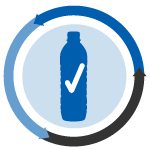 The U.S. Food and Drug Administration gave a New England plastics reclaimer the thumbs up to recycle a polyolefin blend for use in cutlery and food packaging.
The U.S. Food and Drug Administration gave a New England plastics reclaimer the thumbs up to recycle a polyolefin blend for use in cutlery and food packaging.
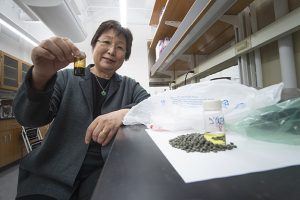
Purdue University professor Linda Wang shows the oil product from a new polyolefin-to-oil conversion process.
A team at Purdue University has developed a unique method for converting scrap polyolefins into oil, fuels or monomers for use in new plastics.
 Global energy, chemicals and plastics company Total has acquired a French PP reclaimer.
Global energy, chemicals and plastics company Total has acquired a French PP reclaimer.
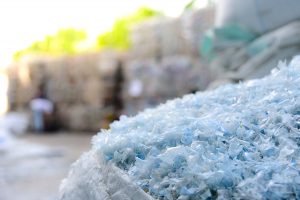 Intuition says making products from recycled plastic is better for the environment than using virgin plastic. A recent study puts hard numbers to that understanding.
Intuition says making products from recycled plastic is better for the environment than using virgin plastic. A recent study puts hard numbers to that understanding.

